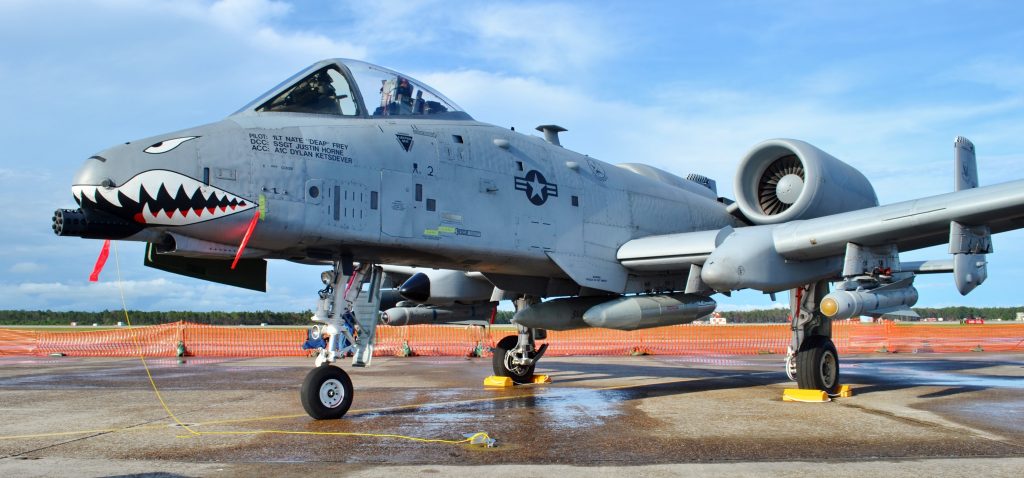By Mr. Hazen Sedgwick, Chief, A-10 ASIP Engineering, AFLCMC
Science & Engineering Vector (August 2019)
The term ‘NLign’ was a play on words to bring aircraft damage data ‘in-line’ with aircraft integrity requirements. Since the software’s beginnings as a Small Business Innovative Research project in 2007, NLign has quickly become an essential tool for the A-10 in maintaining an aging fleet. NLign has the capability to spatially locate data on a two or three dimensional model, and provides means to be able to search and trend that information.
The A-10 engineers within the System Program Office (SPO) first used this program as a way to document discrepancies and their associated analyses to speed future support requests. Eventually, additional forms of data began to be recorded into the system: Non-Destructive Inspections (NDI), test and teardown, non-conformance records, flight histories, serialized component historical records, and discrepancy data. The engineers currently have access to over 42,000 spatially defined records, providing at-a-glance communication of emerging fleet damage hot spots.
One of the largest areas of improvement has been in the realm of the acquiring NDI data. For years the aircraft maintenance shops captured NDI data on hand written forms. These records remained with the aircraft component until it left the depot. The inspection findings are the main purpose for depot maintenance and are essential to predicting aircraft fatigue to manage the fleet. It took several months for the hand written forms to arrive in the Aircraft Structural Integrity Program’s (ASIP) office for processing. That time gap made it very difficult to find errors and correct them before the aircraft left the depot.
Due to the critical nature of the inspection data and the challenge of managing a fleet beyond its original design life, it became necessary to change how inspection data was collected. NLign was organically configured by the SPO engineers, sheet metal Mechanics, and NDI Technicians to effectively capture inspection data. The process used to collect data with NLign was validated on the shop floor, technical order requirements changed, and a training program was implemented to ensure success. Now, data is controlled, digitally captured, and available in real time.
The results of this are no less than astounding. What used to take seven to nine months can be completed in weeks. Additionally, the increased collaboration between the A-10 maintenance groups and the engineers has led to a dramatic increase in the quality of data. The quality of inspection records went from 17% good in 2017 to a current 95% in 2019.
With the proven efficiencies had at the Hill depot to capture maintenance data, the A-10 SPO is deploying NLign and training the field units on how to benefit from this system. The intent is to develop and implement processes to collapse engineering response times, collect prognostic indicators, and forecast individual aircraft maintenance based on condition and need.

